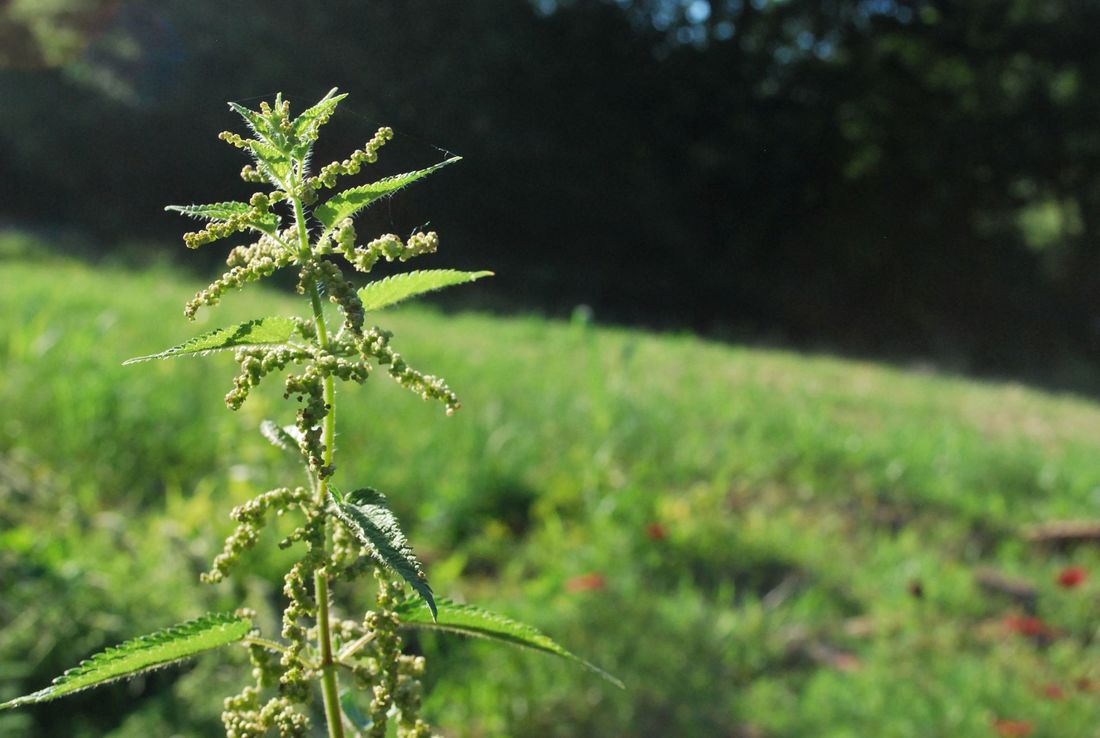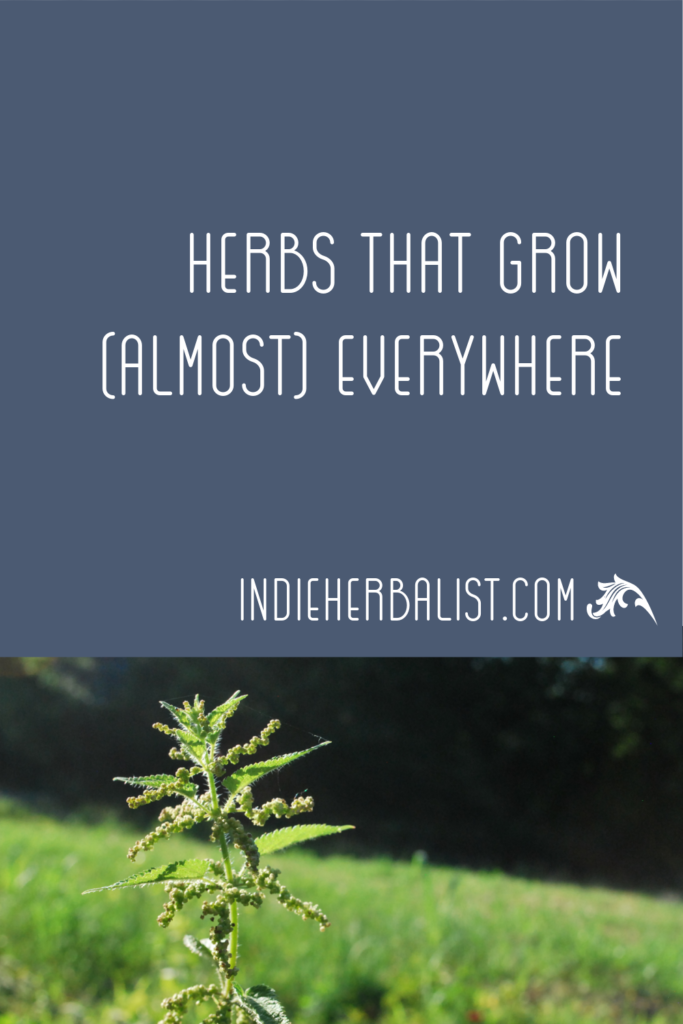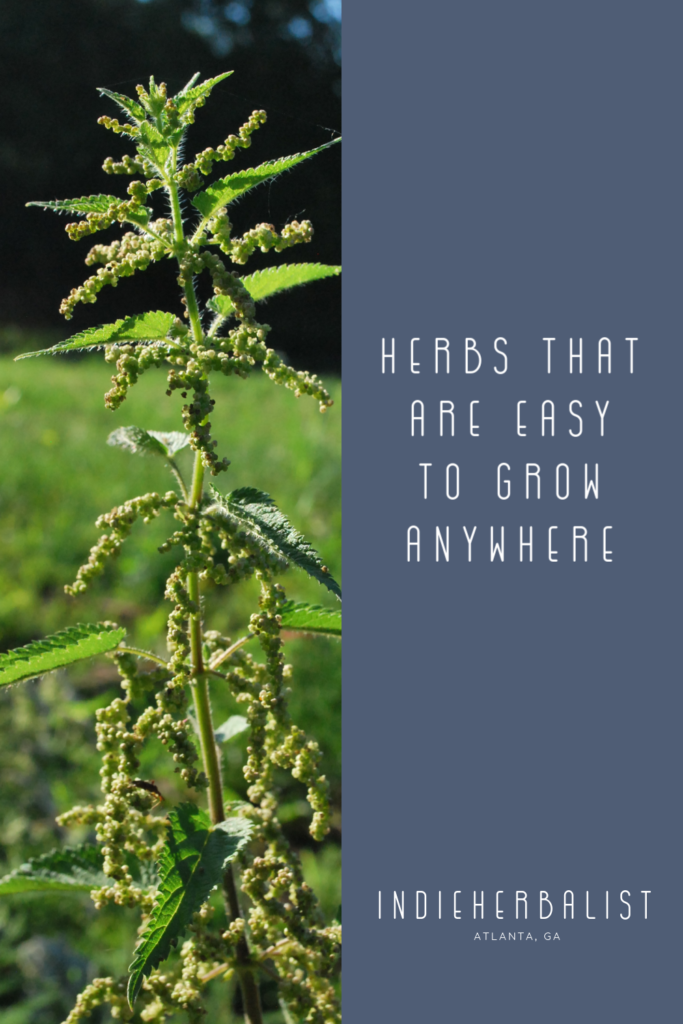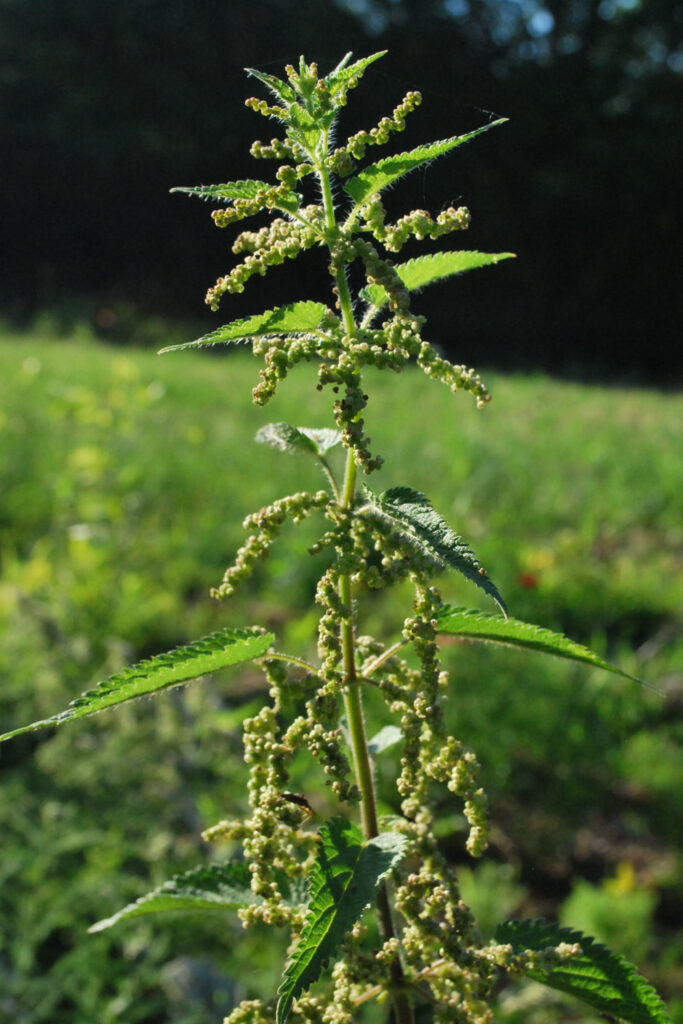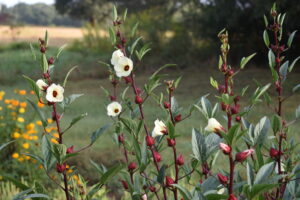Links contained in this post and elsewhere on my website may include affiliate links. When you make a purchase through these links, I earn a commission at no additional cost to you. I only link to products and services that I love - and that I think you will love, too!
Some herbs are selective about where they grow. They may need special temperature or soil requirements. However, there are many herbs that grow everywhere in temperate climates. If you are starting an herb garden, knowing about these herbs can help you get off to a great start.
I always reserve a small corner of my garden for “weeds.” Not just any weeds, of course, but there are quite a few that I am always happy to see – things like violets, cleavers, plantain, dandelion, and nettles. Most of these will grow anywhere in the United States, and often in other countries, too.
Nettles
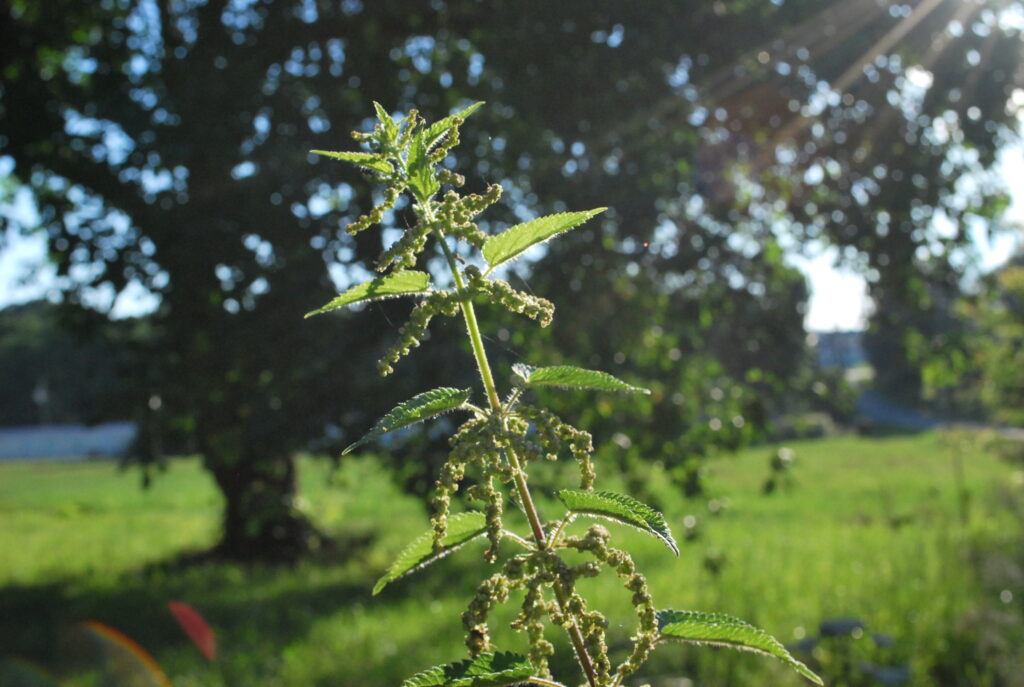
Urtica dioica
According to the USDA plants map, nettles is either absent or unreported only in Arkansas. Knowing what I do about nettles, my guess is that it’s probably unreported. Otherwise, nettles grows just about everywhere. It likes moist, rich soil when it can find it, but will usually be amenable to whatever garden conditions you have to offer. It grows well in large planters- and growing it in a planter can be a good tactic to keep it under control since it stings like the dickens and will spread happily all over your garden.
You can also give it a raised bed or a big patch behind an outbuilding or barn. Besides many herbal and culinary uses, nettle has some other interesting talents. Like flax, nettle stems can be made into yarn and you can make the leaves into fertilizer for your other garden plants.
In my area, a species of butterfly uses nettle as a host plant. That means we have to harvest early or use floating row covers over part of our nettle patch if we want to harvest any. Nettles make a useful tea for respiratory health during allergy season. They also help support the urinary tract and are a good source of minerals and iron.
Plantain

Plantago spp
Another herb that grows wild in all 50 states is plantain. There are several plantain species, and Plantago major and P. lanceolata are used interchangeably. Some of the other species also have a record of ethnobotanical use. This herb makes a soothing salve and plantain tea helps support the respiratory and digestive tract in several ways.
Plantain likes packed, hard soil. Places like old paddocks or in the yard around homes where construction compacted the soil. Plantain has no difficulty growing in these conditions and even seems to thrive. It often volunteers in my gardens, too.
Dandelion
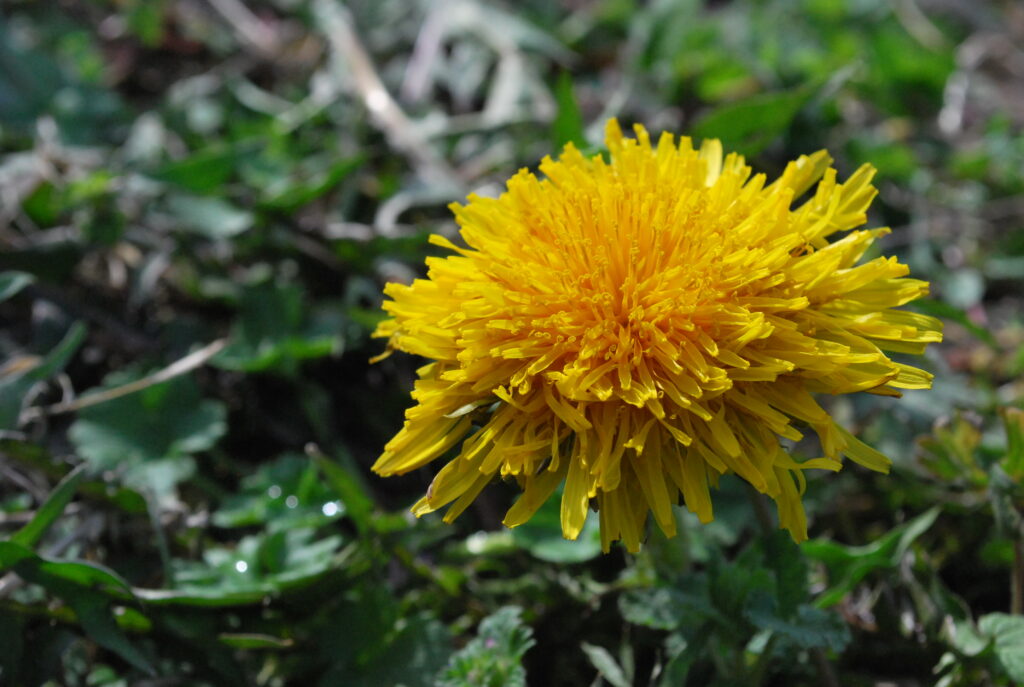
Taraxacum officinale
Probably considered the weediest of weeds, dandelion is easy to grow and will probably invite itself into your garden at some point. Do be courteous and snip the flowers before they set seed – otherwise your neighbors might be upset with you when they have dandelions growing where they don’t want them!
This herb is a perennial that can be found growing in all 50 states. There are also pink and white flowered dandelion species available that are really lovely as edible flowers and for their greens. I grow both in my garden, and the pink ones are especially nice. Dandelion roots support the urinary tract as a diuretic and the roots and leaves support the liver.
Cleavers
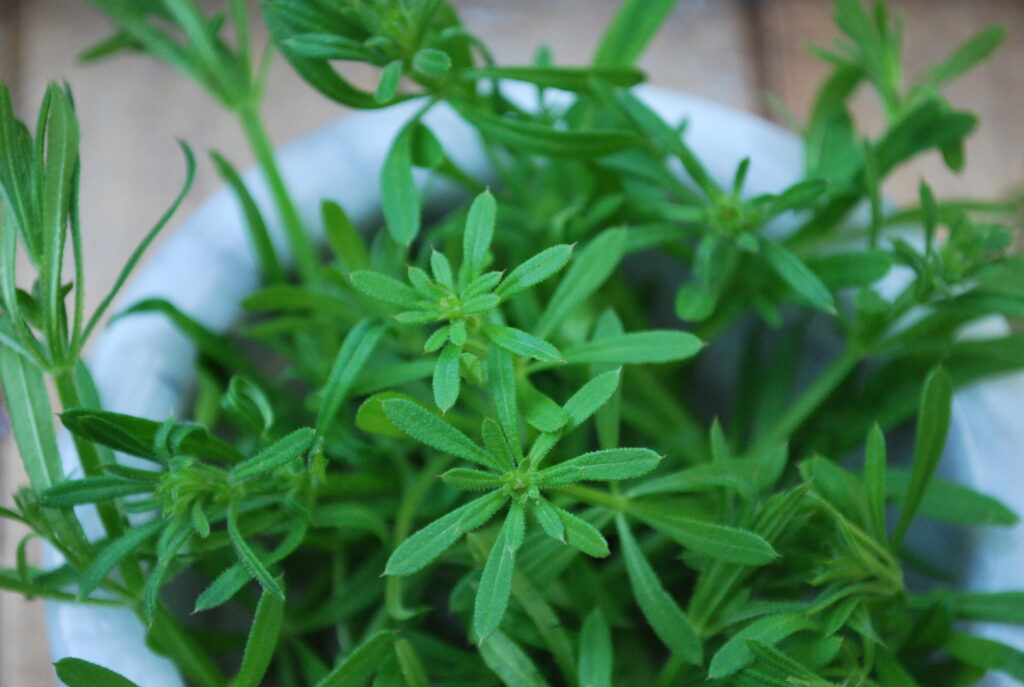
Galium aparine
Cleavers is listed as a noxious weed in some states and can be found in every state except Hawaii. It usually moves into a garden without much coaxing because it appreciates disturbed soil. It’s an annual that self-sows freely. Cleavers is very seasonal and makes a brief appearance in early spring. It won’t stick around for long!
Traditionally, cleavers is associated with lymph glands, and the bladder and kidneys- it was often used as a diuretic, for bladder infections and cystitis, and urethritis. Also used traditionally as an antilithic to help break up stones and gravel. Specific indications for cleavers include hardened knots in the muscle, fibrous tissue, and hardened lymph nodes. You can read more about cleavers in my article 3 Ways to Use Cleavers for Spring Cleansing (#affiliate).
Violet
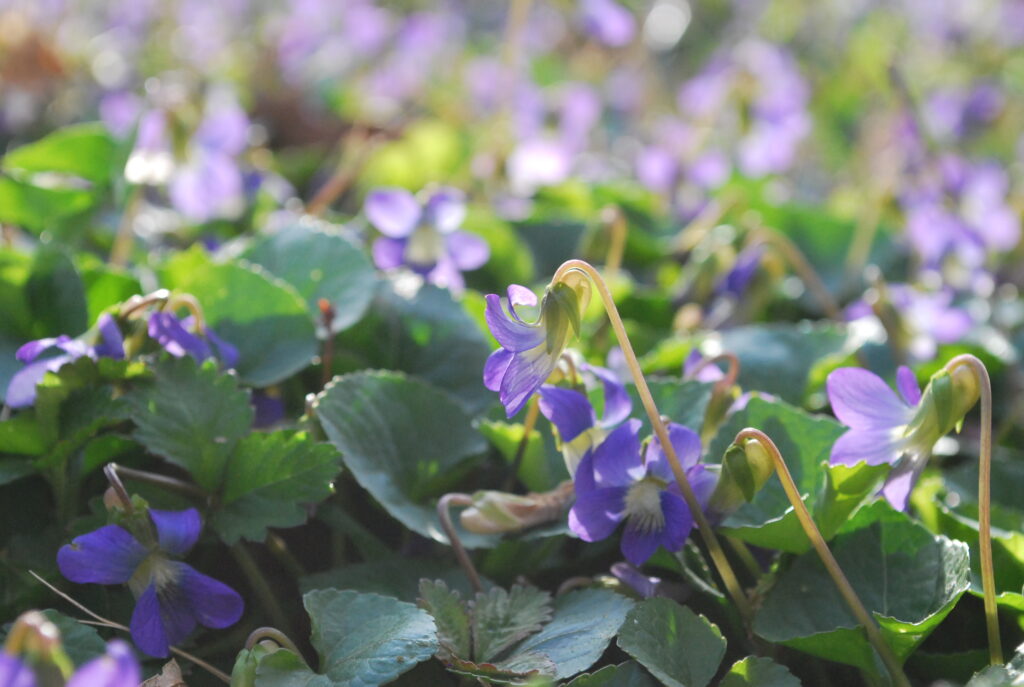
Viola odorata
The only plant on this list that doesn’t grow wild in every state, violets are still hardy in many gardens. Violets are traditionally considered safe for children and were used as an expectorant, alterative, and diuretic for adults and children alike.
Unfortunately, violets can also become an extremely pesky lawn weed. They rival dandelions in this regard! Try growing violets in a large planter to help keep them contained.
More herbs that grow everywhere
These versatile perennial herbs are also hardy candidates for many gardens. Yarrow, elecampane, and motherwort are a few examples of widely-adapted herbs that you only need to plant once and can harvest year after year.
